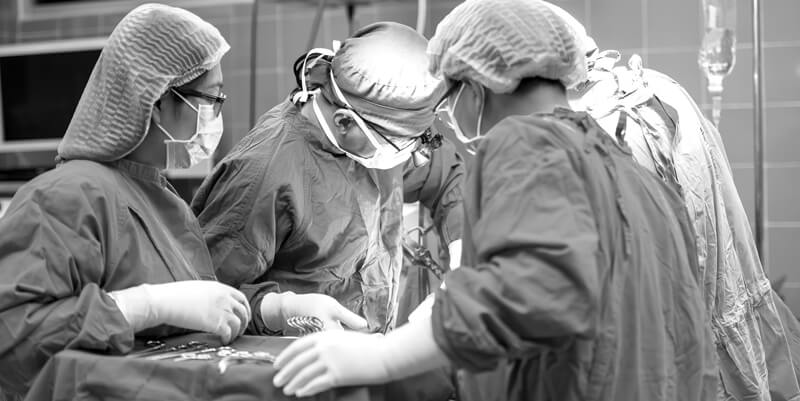

THINGS TO KNOW BEFORE HIP REPLACEMENT SURGERY

Knowing that you have to go through hip replacement surgery can be quite worrying as it’s a major event that will need quite a bit of time for recovery as well as a need for changes in your lifestyle.
Hip replacement surgery, also known as arthroplasty involves replacement of the diseased parts of the hip with titanium and plastic or ceramic prosthesis, thereby reducing pain and improving mobility and quality of life. This type of surgery is done as a last resort when other methods such as NSAID medications, walking aids and specific exercises to strengthen up the surrounding muscles do not work out.
Hip replacement surgery is being performed since the 1970’s and is relatively safe, with the life expectancy of the prosthesis being about 20 years in about 85% of the cases. The apprehension of patients about to undergo hip replacement is justified as it is with the help of these crucial joints that we are able to move around. The best thing is to clear all your doubts with your surgeon as well as do some background research to put your mind at rest and help you prepare both mentally as well as physically for this major hurdle.
A typical hip replacement surgery lasts for 1-2 hours for implanting four artificial parts to complete an artificial joint – the socket, liner, stem and ball. A single 6-8 inches long incision is made along one side of the hip through which the hip bone is exposed and the damaged bony tissue and cartilage are removed and replaced with artificial prosthetic parts. The ball at the end of the thigh bone is sawed off and replaced with an artificial ball. Currently, minimum invasive surgical methods are also available where the incisions are smaller and recovery time speeded up. This form of surgery is usually used on healthier patients below the age of 50 years.
The artificial parts used are of either the cemented or uncemented variety; the former is preferred for older, less active people while the latter is used for younger, healthier people. The cemented parts are ‘glued’ to the existing healthy bone while the uncemented parts are allowed to fuse with the existing bone through a process known as biologic fixation where the bone is allowed to grow into the porous artificial part and hold it in place naturally.
Once the artificial joint is in place, the surgeon reattaches the muscles and leaves a catheter behind to drain off excess fluids. You might have to stay in hospital for a few days and work with a physiotherapist to rehabilitate your hip. Your doctor will tell you the ‘dos’ and ‘don’ts’ about body movements and activities. Complete rehabilitation may take between 3-6 months; meantime follow your physiotherapist’s instructions for a safer recovery.
Reduce step climbing after surgery and get rid of indoor pets, rugs and extra clutter around the rooms to prevent falls….as a second surgery would be even more complicated!














